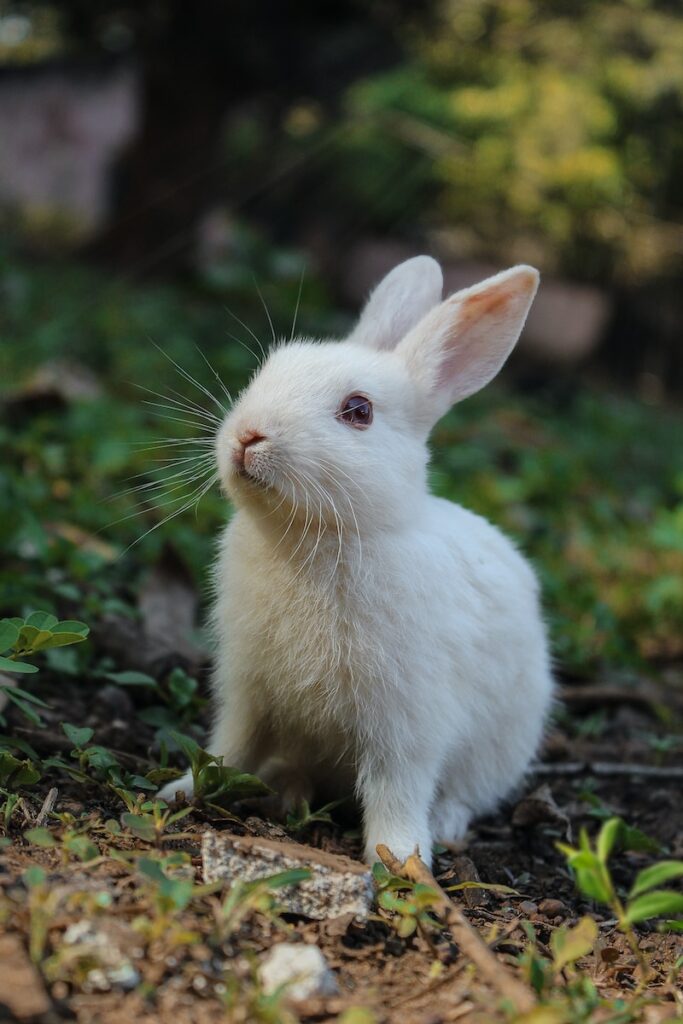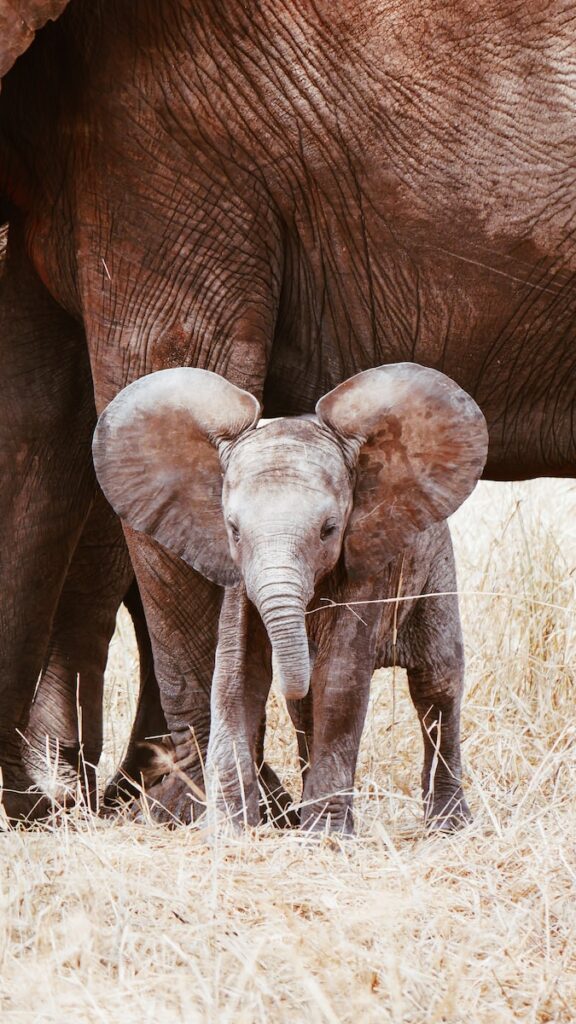In Situ and Ex Situ Conservation: The Twin Pillars of Biodiversity Protection
Biodiversity, the variety of life on Earth, is a precious resource. Its conservation is crucial for the survival of our planet. Two primary strategies have emerged in this endeavor: In Situ and Ex Situ conservation12.
In Situ Conservation: Protecting Species in Their Natural Habitats
In situ, meaning ‘on site’ or ‘in place’, refers to the conservation of species in their natural habitats1. This method preserves both the population and the evolutionary processes that enable the population to adapt3. It involves the designation, management, and monitoring of biodiversity in the same area where it is encountered1.
Traditionally, protected areas have been seen as the cornerstone of in situ conservation1. However, conservation approaches that are more adaptable to individual situations and applicable beyond protected areas are being increasingly applied1.

"Both in situ and ex situ conservation play vital roles in preserving biodiversity."

Ex Situ Conservation: Safeguarding Species Away from Their Natural Habitats
Ex situ, meaning ‘off site’, involves the transfer of a target species away from its native habitat24. It is implemented when a species’ continued survival in its native habitat is threatened4.
Ex situ conservation techniques include seed storage, captive breeding, slow-growth storage, DNA storage5, and are implemented in artificial environments such as zoological parks, wildlife sanctuaries, botanical gardens, and seed banks2. These facilities not only house and care for specimens of endangered species but also serve an educational purpose by informing the public about the threatened status of these species2.
The Interplay Between In Situ and Ex Situ Conservation
While these two strategies may seem distinct, they are deeply interconnected. In situ conservation is considered the primary strategy, with ex situ measures playing a supportive role to reach conservation targets1.
Ex situ conservation forms the basis of Article 9 of the Convention on Biological Diversity (CBD), which highlights it should always be implemented as a complementary approach to in situ conservation4.
Conclusion
In conclusion, both in situ and ex situ conservation play vital roles in preserving biodiversity. By understanding and implementing these strategies effectively, we can ensure the survival of our planet’s diverse species for future generations.
Remember, every effort counts when it comes to conserving our planet’s biodiversity. Let’s all do our part to protect our Earth’s precious life forms.
